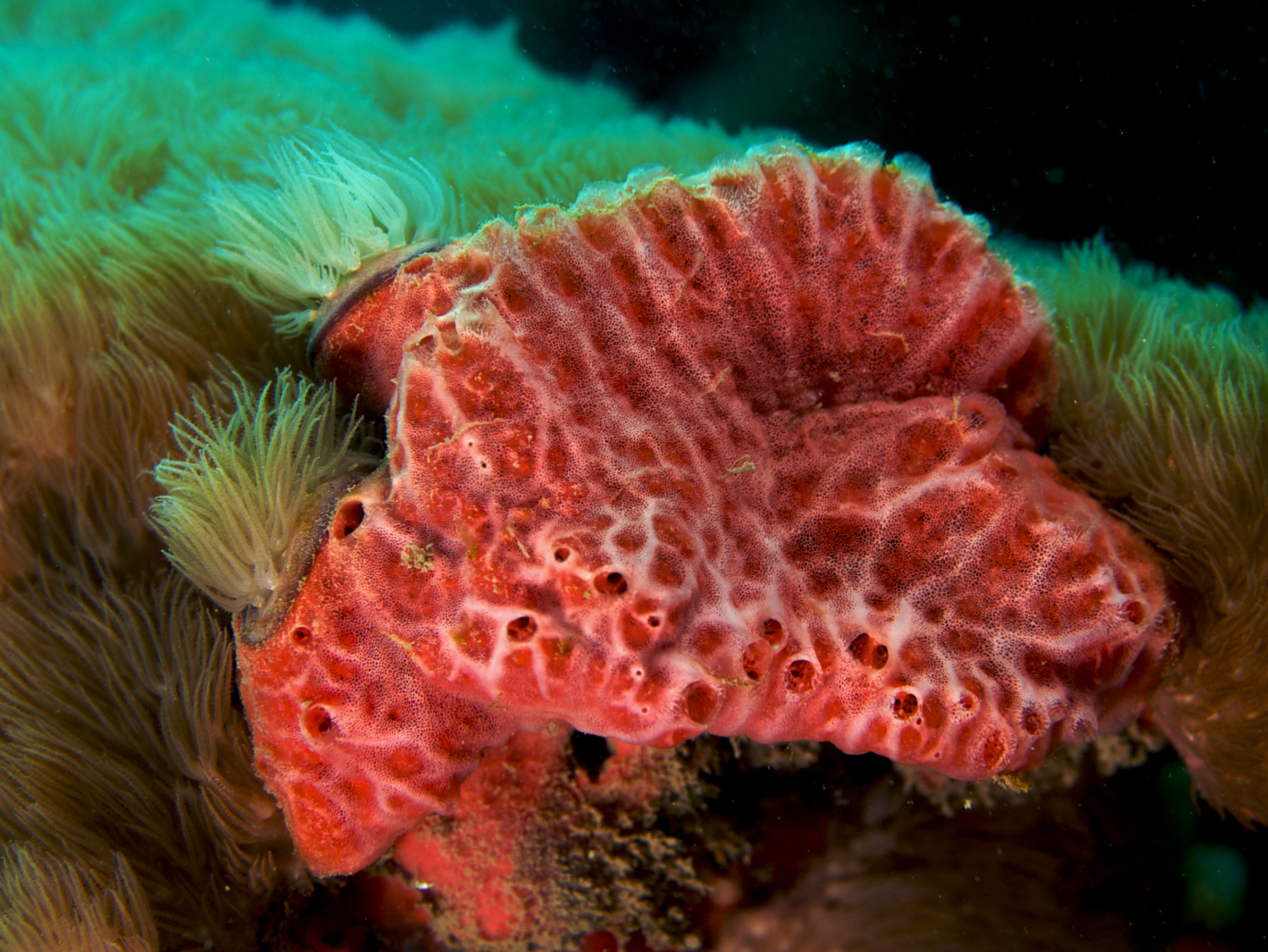Poecilosclerida on:
[Wikipedia]
[Google]
[Amazon]
Poecilosclerida is an 
order
Order, ORDER or Orders may refer to:
* Categorization, the process in which ideas and objects are recognized, differentiated, and understood
* Heterarchy, a system of organization wherein the elements have the potential to be ranked a number of d ...
of the demosponge
Demosponges (Demospongiae) are the most diverse class in the phylum Porifera. They include 76.2% of all species of sponges with nearly 8,800 species worldwide (World Porifera Database). They are sponges with a soft body that covers a har ...
class. It is the most speciose demosponge order with over 2200 species (World Porifera Database). It contains about 25 recognised families
Family (from la, familia) is a group of people related either by consanguinity (by recognized birth) or affinity (by marriage or other relationship). The purpose of the family is to maintain the well-being of its members and of society. Ideall ...
. They are characterised by having chelae microscleres, that is, the minute spicule
Spicules are any of various small needle-like anatomical structures occurring in organisms
Spicule may also refer to:
*Spicule (sponge), small skeletal elements of sea sponges
*Spicule (nematode), reproductive structures found in male nematodes ( ...
s scattered through the tissues, usually in the 10-60 μm range, have a shovel-like structure on the end.
Most of the families are viviparous
Among animals, viviparity is development of the embryo inside the body of the parent. This is opposed to oviparity which is a reproductive mode in which females lay developing eggs that complete their development and hatch externally from the m ...
with parenchymella
Parenchymella is a type of larva of a demosponge
Demosponges (Demospongiae) are the most diverse class in the phylum Porifera. They include 76.2% of all species of sponges with nearly 8,800 species worldwide (World Porifera Database). T ...
larvae that are uniformly ciliated
The cilium, plural cilia (), is a membrane-bound organelle found on most types of eukaryotic cell, and certain microorganisms known as ciliates. Cilia are absent in bacteria and archaea. The cilium has the shape of a slender threadlike projecti ...
.

Families
As of 2018, the following families are recognized:References
{{demosponge-stub